Chief Ron Dupee, a lifelong resident of Fairbanks, Alaska, has experienced a wide range of extreme weather conditions throughout his 25-year career in law enforcement.
Surviving Winter as a Police Officer
Officers who work in the most frigid parts of Alaska and North Dakota share their tips for coping with winter at its worst.

The Fairbanks, Alaska, Police Department patrols one of the coldest beats in America.
Fairbanks PD
He says officers working in the Last Frontier encounter bone-chilling temperatures of 60 below or 70 below 0 Fahrenheit in the winter to scorching heatwaves of 90 to 100 degrees in the summer. And they must be prepared for both.
"Winters are indeed a true test," he adds. "They extend from the end of October all the way until April or May. The temperatures drop to freezing levels as early as September. Snowfall can exceed 100 inches. And, darkness envelops the region, with the sun setting as early as 3 pm and not reappearing until 10 am."
According to Dupee, enforcement must prioritize the well-being of officers and the functionality of equipment in such severe conditions.
Policing in Fargo, North Dakota, can be just as extreme, according to Fargo Police Capt. Chris Helmick. January and February mark the worst months for this area, with loads of snow, dangerous cold in the minus 30-degree mark, and high winds of up to 40 mph, says the 23-year Fargo PD veteran.
“This is a very windy location, so not only are we dealing with severe temperatures but also have windchill considerations,” he says. “It’s a real mess that presents us with some significant challenges.”
Helmick emphasizes North Dakota agencies must make sure “officers are well equipped and have what they need to stay safe. But it’s still a challenge,” he says. “There is no magic bullet to any of these situations, other than staying inside, and that’s obviously not possible.”
While not all agencies will face such severe winters like this, they can still prioritize officer safety in winter by heeding Chief Dupee and Capt. Helmick’s advice.
Layer Your Clothing
The agency quartermaster plays a vital role in equipping officers for the winter chill, according to Helmick.
He explains Fargo PD works with its quartermaster to provide officers with cutting-edge cold weather gear. Besides uniforms, officers receive thermal gear to layer under their uniforms, sweaters to put over their uniform shirts, and hats, gloves, and winter coats rated for severe cold.
“We make sure they have the basics to stay warm outside,” he says. “The key is to put on layers. Boots can be a challenge because what works in the summer won’t be sufficient in the winter.”
Dupee agrees that layers are essential. But when the temperature dips as low as minus 40 degrees in Fairbanks, officers also need face masks and hand warmers too, especially when working an extended outdoor accident scene or something like that.
Hand warmers and foot warmers help keep officers’ extremities warm, with certain options providing warmth for up to 12 hours. “If it gets really cold, we hand out hand warmers and other things at the beginning of the shift,” Dupee says.
Train in Your Winter Gear
Training while wearing winter gear is also critical, Dupee adds. The first time an officer uses their gun while wearing their winter gear should not be at the scene of a crime.
“We need to train for the worst-case scenarios with all of that gear on,” he says. “We go to the range in the winter, and we encourage officers to wear their thick winter gloves and coats and train with them on.”
Though a lot of what they wear comes down to officer preference, Dupee shares that 5.11 Tactical or Under Armour base layers with long sleeves work well. Fairbanks provides two winter jackets, a regular patrol jacket and a parka.
He also advises selecting gloves that keep the hands warm but can be removed quickly. “When I worked patrol, I looked for gloves that I could get off quickly to access any of the tools on my belt, from my firearm to a baton or TASER,” he says.
Most officers also keep spare clothing in their patrol vehicles or at the station for situations that require a change of clothes. If they fall down in the snow, they are going to get wet. Many officers also keep a bag of emergency items to ensure their own survival in case they become stranded.
“Most people carry around a set of jumper cables, additional clothing and blankets, and flares,” Dupee says.
Winterize Vehicles and Equipment
Keeping vehicles functioning in frigid temps is accomplished in Fargo with a department policy that allows officers to keep their vehicles running the entire shift.
“Even if they are parked at the station, we let them keep their vehicles running, just because there are electronics and other gear inside that might stop operating if it gets frozen,” he says. “Fortunately, the department has a large indoor garage, so if they come to the station, they can pull into the garage. But if they are out in the field, they let the vehicles run out of necessity.”
Dupee agrees, noting that once an officer starts their vehicle, it runs until their shift is over. “Our department policy lets them shut off the vehicle if it’s warmer than 32 degrees,” he says. “If the temperature is under 32 degrees, they need to keep the vehicles running to protect the laptops and other electronics inside the vehicle.”
Though in some locales winterizing vehicles may be a thing of the past, in Fairbanks, it is a necessity. The department puts heating pads on the oil pan and battery blankets on the vehicle battery. They also plug the vehicles in when they are not in use.
Fairbanks officers take their vehicles home with them, so the department requires them to have the ability to plug them in. “They use our garages to process a suspect or to warm up their cars,” he says. “We also have a lift in one of the bays to do a vehicle inspection if they need to.”
All-wheel-drive SUVs are essential in winter climates, they say. Without all-wheel drive, patrol cars would get stuck in the snow.
“We often call on our public works department to get a snowplow escort to a location during a snowstorm. We have to get creative to get to the calls we need to get to,” Dupee says. “We work together as a team with our fire department and public works to do what we need to do to get the job done.”
Winter driving can be an issue when recruits come from areas where extreme cold and snow is not a thing. “We have had to teach recruits from outside the state how to drive in these conditions because it’s very different from driving on dry pavement,” he says.
Cold weather also can zap battery strength on everything from flashlights to cell phones to TASERs, according to Dupee. “We keep a lot of spare batteries on hand so that if their radio or body camera battery dies, we always have a spare,” he says.
Because even guns can malfunction due to the cold, as lubricant can become gummy or freeze, metal can become brittle, and leather holsters can freeze, immobilizing the gun, both departments instruct officers to regularly check equipment function while out in the cold for an extended period.
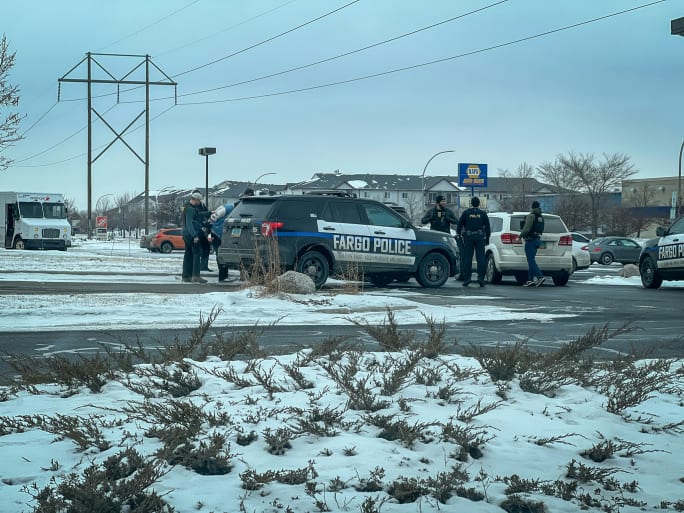
Fargo, North Dakota, officers working in the snow.
Fargo PD
Change Tactics and Techniques for Cold Weather Operation
Clothing and equipment can only do so much to help officers working in frigid weather. They also must adjust their tactics, Dupee and Helmick say.
For example, if they are detaining someone outside the vehicle, they need to search the person before putting them inside. However, in extreme cold, they cannot leave that suspect out in the elements for long.
“Do you put them in the vehicle and risk them having a weapon on them?” Helmick asks. “Or do you put both the officer and the suspect in peril by staying outside? If it’s a situation where I don’t have the authority to search them, I usually tell them they have a choice. They can let me search them and see the inside of my warm car or they can stay outside. They normally agree to a search pretty quickly.”
Field sobriety tests are also tricky when it’s windy and cold, according to Helmick. In those situations, officers take the person to a nearby gas station, indoor ATM or other facility and conduct the test there.
“You need to be cognizant of what the person is wearing,” he adds. “Believe it or not, we have people who drive around in T-shirts and shorts in the winter.”
Same thing with witnesses. “It all depends on the situation and the location,” he says. “If I have the ability to bring them inside and talk to them, I always try to do that. We have to get creative.”
Accident scenes or hostage standoffs can be an enormous challenge. “Whenever we have a big scene, supervisors make sure to rotate people out so they can go back to their vehicles to warm up while still maintaining the scene and doing what we have to do,” Dupee says.
Criminals Will Stay Indoors
“The good news is that when you get into the depths of winter, the number of calls goes down,” says Helmick. “No one wants to be outside.”
However, the types of calls also change in the winter, according to Dupee. “The darkness here plays a role in things like seasonal affective disorder,” he explains. “We see a lot more domestics in the winter.”
Helmick agrees. He says though he lacks statistical evidence of this; he believes people start to fray a little when they are stuck inside a lot. “We seem to see a lot more domestics or violent calls,” he says. “And I think it’s because they are not able to get out of the house as much.”
Dupee adds there are also more motor vehicle accidents because of poor road conditions and more thefts.
Helmick adds that Fargo PD sees a lot more calls from stranded motorists or the homeless. “We need to work with our community partners to make sure people are not in danger,” he says.
Ronnie Wendt is a frequent contributor to POLICE.
More Patrol
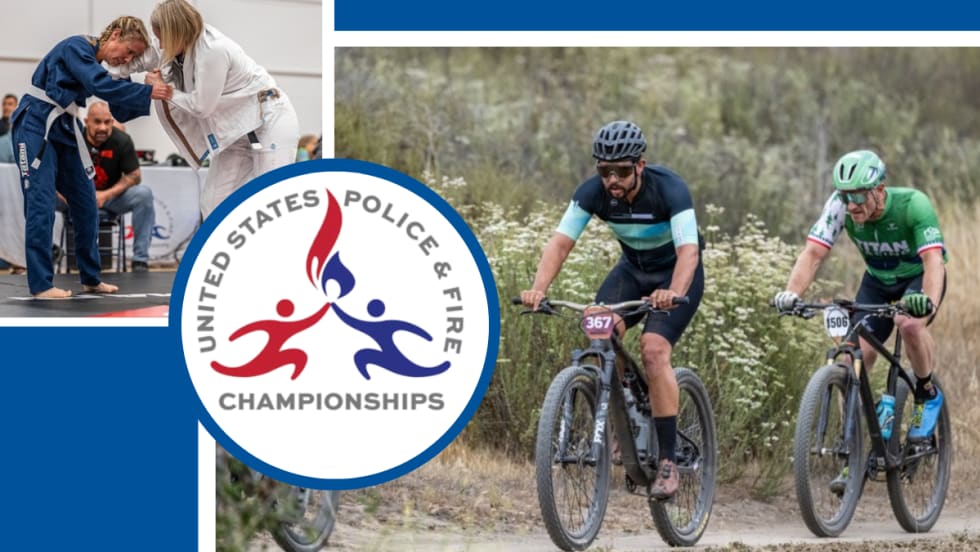
Police & Fire Championships Expands Athlete Eligibility
The US Police & Fire Championships is now open to all employees – sworn, civilian, administrative, technical, and support staff – who work directly for an eligible public safety agency.
Read More →
Tips for Watching the Hands
How can officers better “watch the hands”? Mike Willis, Law Enforcement National Training and Program Director for the US Deputy Sheriff's Association, shares some tips.
Read More →
10 Tips for Felony/High-Risk Stops
What steps can officers take to stay safer during felony or high-risk vehicle stops? Here are 10 tips from Mike Willis, Law Enforcement National Training and Program Director for the US Deputy Sheriff's Association.
Read More →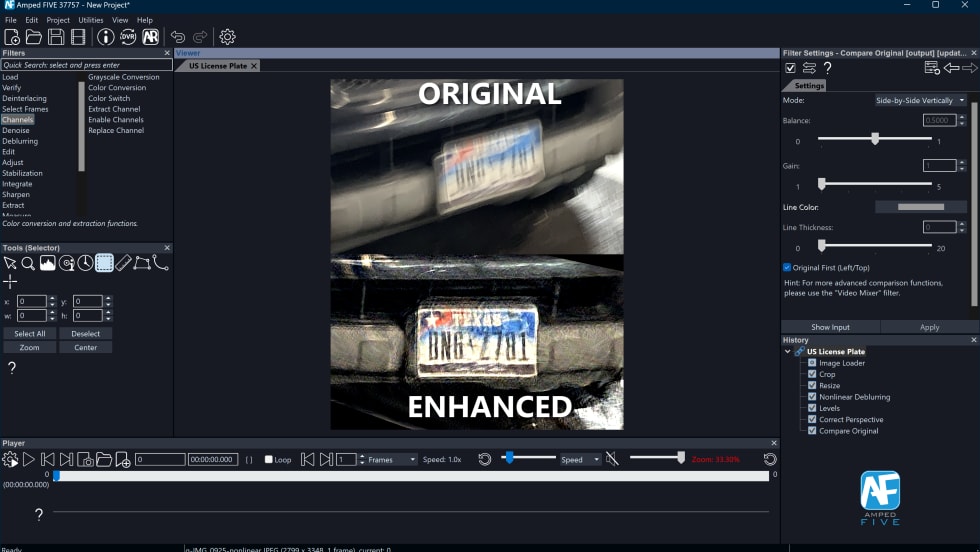
Amped Highlights Power Behind Amped FIVE Software
Amped FIVE empowers you to advance your investigations with confidence and precision, from the crime scene all the way to the courtroom.
Read More →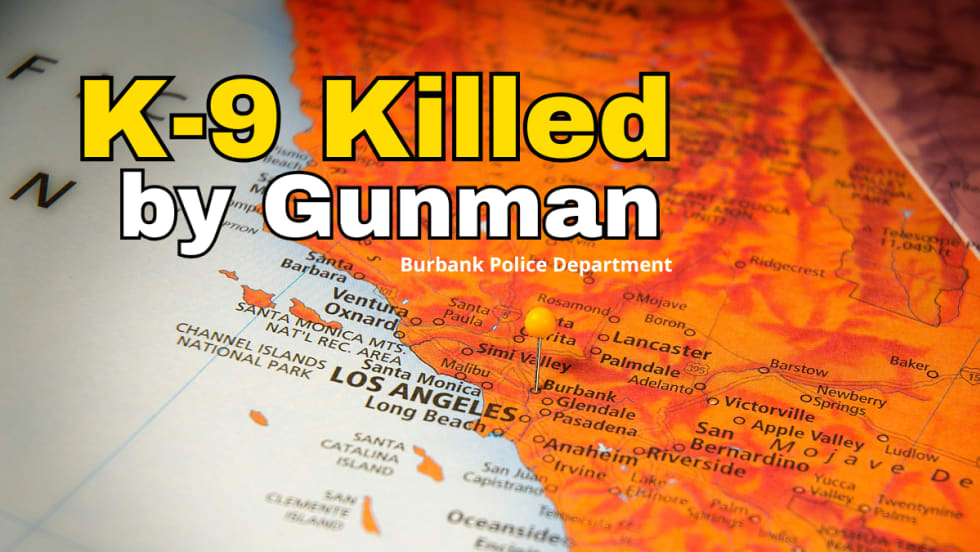
Police K-9 Killed, Suspect Dies in Shootout with Cops
A Burbank Police Department K-9 was fatally shot over the weekend by a passenger who fled on foot from a traffic stop. The armed suspect was killed in a shootout with officers.
Read More →
From the Show Floor: InVeris
In this video, learn about how InVeris provides training to law enforcement, including customized augmented reality scenarios. The augmented reality system can scan up to 10,000 square feet of real-life environments and create a curriculum based on those spaces.
Read More →
From the Show Floor: Polaris Government & Defense
Learn about Polaris Government & Defense in this video as POLICE visits their show booth to discover their side-by-sides and the advantages they provide for agencies.
Read More →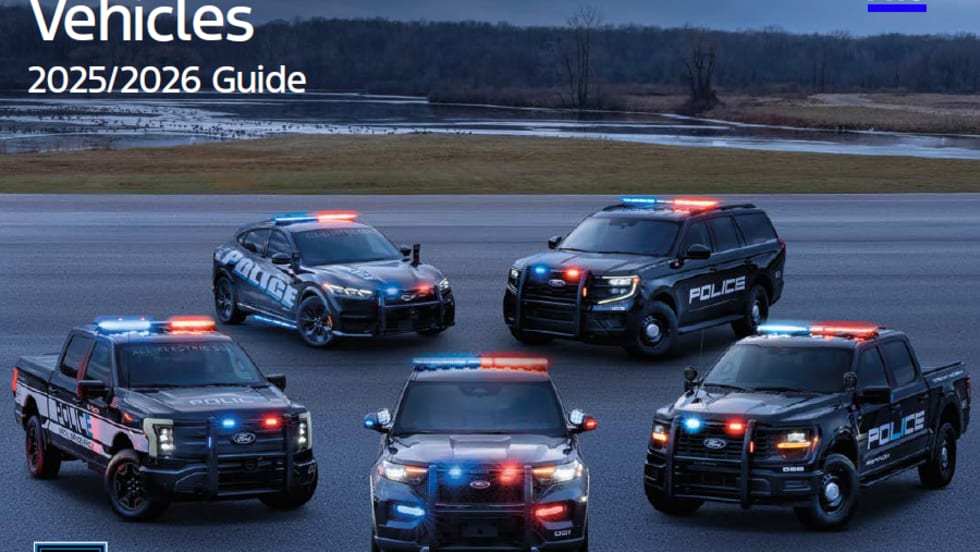
2026 Ford Pro™ Police & Special Service Vehicles Guide is Available for Download
Ford Pro™ meets the needs of law-enforcement agencies
Read More →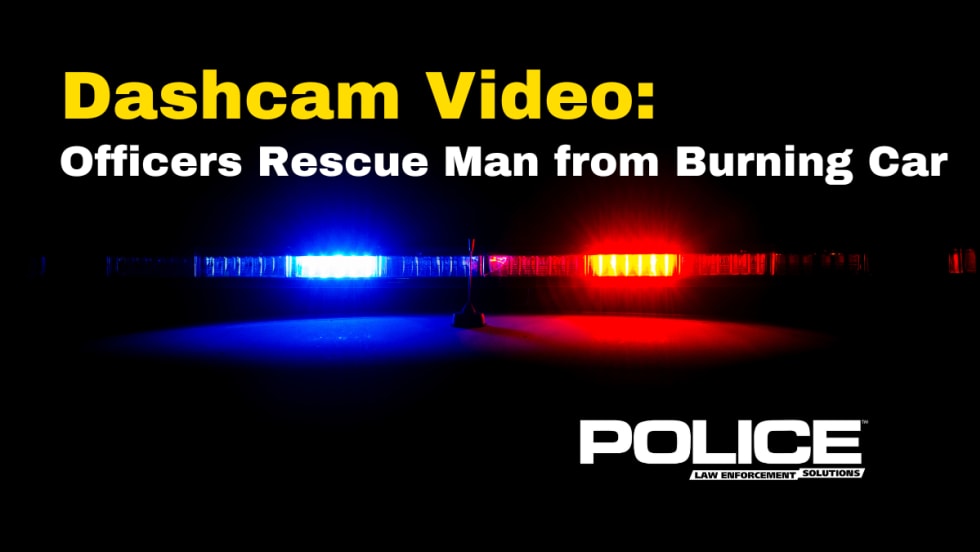
Dashcam Video Shows Officers Rescue Man from Burning Car
Dashcam video released by a New Jersey police department shows two of its officers rescuing an unconscious man from a burning car after a crash.
Read More →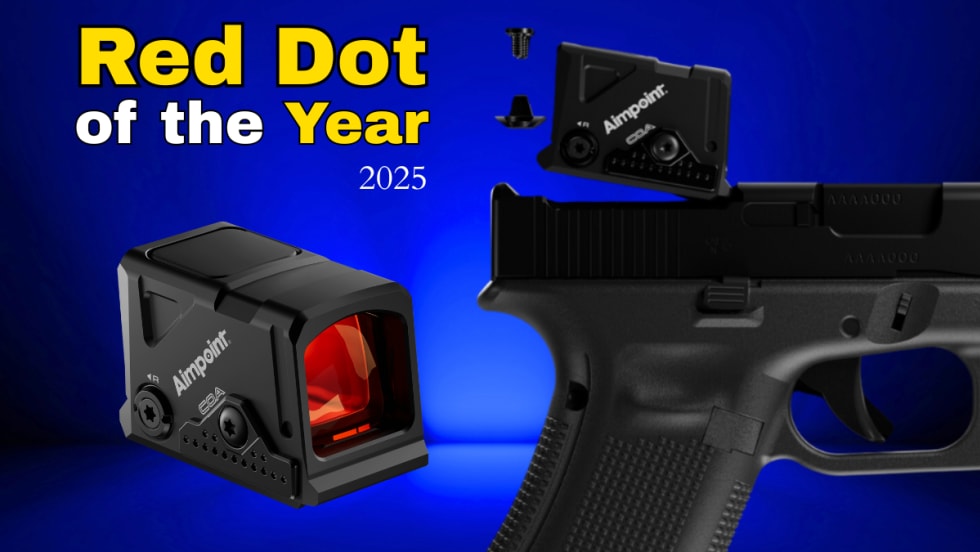
Aimpoint COA optic + A-CUT Named Red Dot of the Year
The Aimpoint COA optic + A-CUT system has been named Red Dot of the Year by Guns & Ammo magazine. The new optic system was introduced in January 2025.
Read More →
